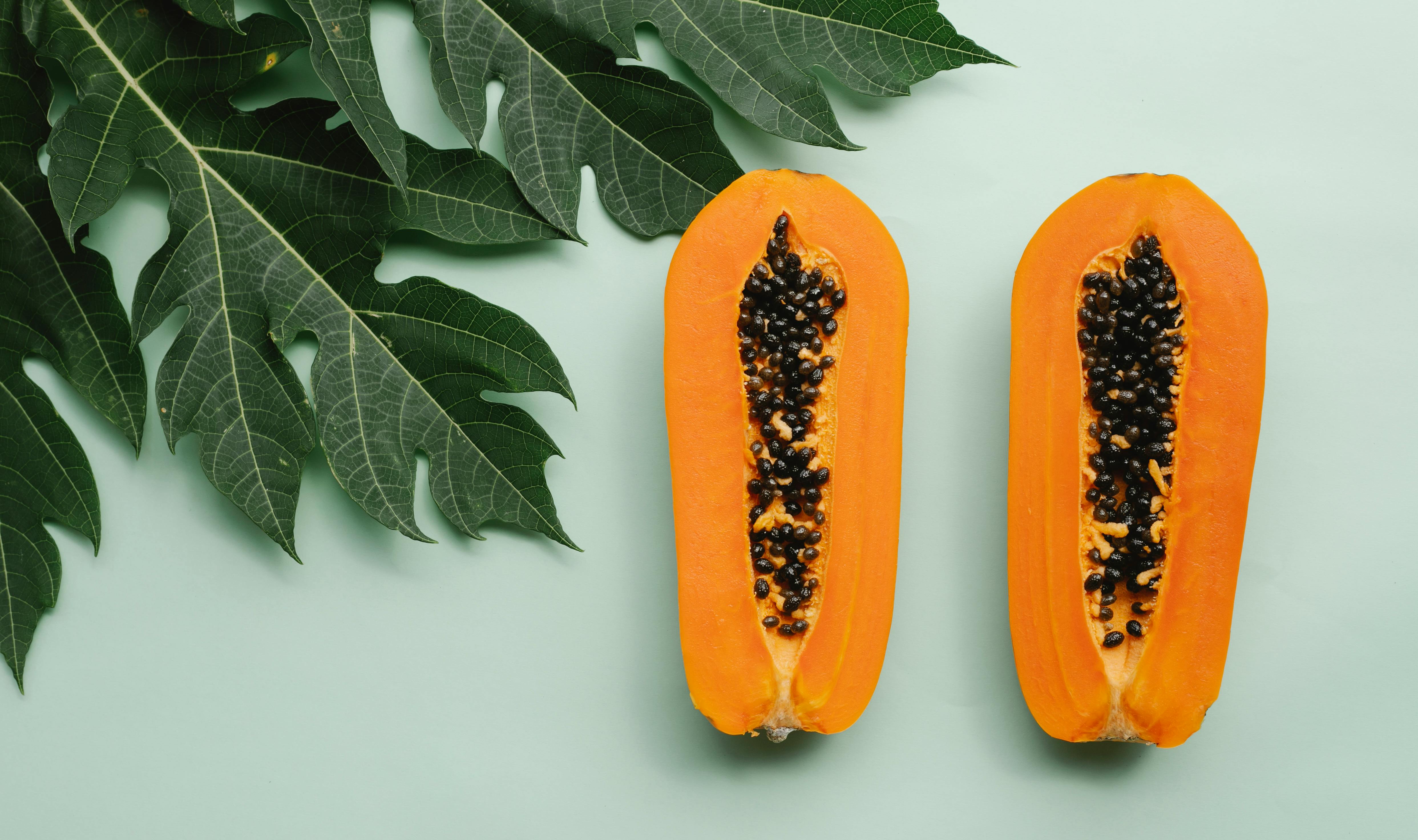How to Prepare the Soil for Planting
Preparing the soil for planting is an important step in gardening and farming. The health of the soil will affect the health of your plants, so it’s essential to make sure your soil is in good condition. To prepare the soil for planting, you’ll need to till it, amend it, and test its pH level.Tilling
Tilling is an important step in preparing the soil for planting. Tilling helps break up compacted soils, making it easier for roots to penetrate and allowing air and water to move freely through the soil. Tilling also helps mix organic matter into the topsoil, which adds nutrients and improves drainage. When tilling, use a spade or tiller to break up clumps of dirt and incorporate organic matter into the soil.Amending
Amending your soil is also necessary when preparing it for planting. Amending involves adding organic material such as compost or manure to improve drainage and make nutrients more readily available to plants. Depending on your soil type, you may need to add sand or other amendments as well. When amending your soil, be sure to mix it thoroughly before planting.Testing pH Level
Finally, you should test your soil’s pH level before planting. The pH level of your soil will affect how well plants can absorb nutrients from the soil. If your pH level is too high or too low, you may need to adjust it with lime or sulfur before planting. You can buy a testing kit at most garden stores or take a sample of your soil to a local lab for testing.Preparing the soil properly will help ensure that your plants get off to a good start. By taking the time to till, amend, and test your soil before planting, you can ensure that your plants have all the right conditions they need for healthy growth and developmentHow to Select Healthy Dragon Fruit Cuttings
Dragon fruit cuttings are an excellent way to propagate a healthy, productive dragon fruit plant. When selecting dragon fruit cuttings, it is important to choose healthy, disease-free specimens. Here are some tips for selecting healthy dragon fruit cuttings:Look for Cuttings with Thick Rinds: A good cutting should have a thick rind that is free of soft spots or discoloration. If the cutting appears to have any fungal growth on the rind, it should be avoided.
Examine the Leaves: Healthy dragon fruit cuttings will have leaves that are free of any signs of wilt or discoloration. The leaves should be plump and vibrant in color.
Check the Roots: The roots should be white and firm, with no signs of decay or disease. If there are any soft spots or discoloration on the roots, the cutting should not be used.
Look for Healthy Stems: The stems of dragon fruit cuttings should be firm and free of any discoloration or wilting. Any stems that appear to be weak or damaged should not be used.
Inspect for Insect Damage: It is important to check for any evidence of insect damage when selecting dragon fruit cuttings. Any signs of infestation should indicate that the cutting should not be used.
By following these tips, you can ensure that you select only healthy, disease-free dragon fruit cuttings for your garden.
Propagating Dragon Fruit Cuttings
Dragon fruit is a tropical cactus that produces an edible fruit. Propagating dragon fruit cuttings is an easy and cost-effective way to create new plants. To propagate dragon fruit cuttings, you will need a few simple supplies, including a sharp knife or pruners, rooting hormone powder, and potting soil. Before you begin, make sure the cutting is healthy and not overly mature.First, use a sharp knife or pruners to remove a healthy stem from the main vine of the dragon fruit plant. Make sure the cutting is at least 6 inches long and has several leaves on it. Remove any excess leaves from the stem so there are only two or three left on the cutting. Next, dip the cut end of the stem into a rooting hormone powder to encourage root growth.
Once the stem has been treated with rooting hormone powder, fill a pot with well-draining potting soil and make a hole in the center of it with your finger. Insert the cutting into the hole and gently press down on the soil so it is firmly in place. Water thoroughly until water begins to drain out from holes in the bottom of your pot. Place your pot in a location with partial shade and keep it consistently moist for several weeks until roots form.
Once roots have formed, you can move your new dragon fruit plant into direct sunlight and begin to water more sparingly as needed. Monitor your new plant for signs of stress such as yellowing leaves or wilting stems which may require additional watering or fertilizer applications to keep them healthy and growing strong!
What Growing Medium is Best for Planting Dragon Fruit Cuttings?
Dragon fruit is one of the most exotic and flavorful fruits available, making it a popular choice for home gardeners. As with most plants, growing dragon fruit from cuttings is the easiest and most cost-effective way to propagate it. But what growing medium should you use for planting dragon fruit cuttings?The best growing medium for dragon fruit cuttings is a combination of coarse sand, peat moss, and perlite. This combination provides excellent drainage while still retaining moisture and providing essential nutrients. The sand helps to keep the roots from becoming overly soggy while the peat moss and perlite help to aerate the soil and retain moisture. To provide additional nutrients, you can also add a slow-release fertilizer or compost to the mix.When planting your cuttings in this growing medium, make sure that it is not too deep or too shallow. The ideal depth for dragon fruit cuttings is about three inches deep. Once planted, make sure that you water them regularly so that the soil remains damp but not saturated. Additionally, you will want to keep your plants in an area with plenty of sunlight and protection from wind and rain.Finally, when planting any type of cutting it is important to sterilize your tools beforehand in order to prevent any potential diseases or pests from taking hold in your garden. You can do this by wiping down all surfaces with rubbing alcohol or a mixture of water and bleach before use.Overall, a combination of coarse sand, peat moss, and perlite makes an excellent growing medium for dragon fruit cuttings. Make sure that you provide adequate drainage as well as adequate amounts of sunlight and water in order to ensure healthy growth for your plants. Additionally, be sure to take precautions by sterilizing all tools before handling any cuttings in order to prevent any potential diseases or pests from invading your garden.
Planting Dragon Fruit Cuttings in Containers
Dragon fruit is a tropical fruit that is native to southern Mexico and Central America. It has a unique, sweet flavor and is packed with antioxidants and other nutrients. Dragon fruit can be grown at home in containers, making it an excellent choice for those with limited space. Planting dragon fruit cuttings in containers is easy and requires minimal effort. Here are some tips on how to get started.First, choose a container that is large enough to support the growth of the dragon fruit plant. A pot with a diameter of at least 12 inches should be sufficient for the roots of the cutting to spread out and take hold. Fill the pot with a well-draining potting soil mix, such as one that includes perlite or vermiculite.
Next, prepare the cutting for planting by removing any leaves or buds from the stem and cutting off any damaged parts of the stem. Dip the bottom end of the cutting into rooting hormone powder before planting it in the soil mix in your container. Make sure to press down firmly around the base of the stem so that it is securely planted in place.
Once your dragon fruit cutting has been planted, water it thoroughly and then place it in a sunny area of your home or garden where it will receive full sun for at least 6 hours per day. Keep an eye on your dragon fruit cutting over time to make sure it’s receiving enough water and sunlight as it grows. Once established, you can start harvesting delicious dragon fruit from your own container garden!
Water Requirements for Planting and Caring for Dragon Fruit Cuttings
Dragon fruit cuttings require a lot of water to grow and thrive. When planting dragon fruit cuttings, it is important to ensure the soil is moist enough that the cuttings can be planted without drying out. If the soil is too wet, it can cause root rot and other issues. After planting, it is important to water the cuttings regularly until they are established. Once established, dragon fruit plants should be watered every two to three days depending on the temperature and amount of sun they receive. During hot weather or periods of drought, more frequent watering may be necessary to keep the plant healthy. Additionally, mulching around the plant can help retain moisture in the soil. It is also important to make sure that the area around the plant does not become overly saturated with water as this can lead to root rot and other issues.Can I Use Techniques from Planting Fruit Trees in Animal Crossing to Plant Dragon Fruit Cuttings?
When considering how to plant dragon fruit cuttings, you can adopt valuable strategies from animal care in gardening. Following essential tips for planting fruit trees, such as choosing the right soil and ensuring proper spacing, can enhance your success in cultivating these exotic fruits in your garden.
Fertilizing Dragon Fruit Cuttings
Dragon fruit cuttings typically require a balanced fertilizer with a higher nitrogen content than other types of cacti. When fertilizing, apply the solution every two weeks at half the recommended strength. It is important to water the plant before and after fertilizing to prevent any burn from the fertilizer solution. During the growing season, it is also beneficial to use a liquid seaweed extract as an additional source of nutrients for Dragon Fruit cuttings.Pruning Dragon Fruit Cuttings
Dragon fruit cuttings should be pruned regularly to promote healthy growth and flowering. Pruning should be done in late winter or early spring when the plant is dormant. Begin by removing dead or diseased branches and then trim back any branches that are crossing over each other. It is important to make sure not to remove too much of the stem material as this can cause damage to the plant. After pruning, it is also important to check for any pests or diseases that may have been introduced during pruning and treat accordingly.Finally, it is important to keep in mind that Dragon Fruit cuttings require a lot of light and warmth in order to grow well, so they should be placed in a warm, sunny spot with plenty of airflow around them. With proper care and attention, Dragon Fruit cuttings can make beautiful additions to any garden!

Conclusion
Planting dragon fruit cuttings is a great way to propagate new plants. It is relatively easy and requires minimal maintenance. To get started, you’ll need to purchase cuttings from a nursery or online, prepare the soil, and plant the cuttings in a pot with proper drainage. Water the cuttings well and keep them in a warm spot with plenty of indirect light. Monitor your plants for any signs of disease or pests, and provide adequate air circulation to avoid any issues. With the right care, your dragon fruit plants should start producing their delicious fruits in no time!Ultimately, planting dragon fruit cuttings is an enjoyable activity that can add beauty and flavor to your garden. With the right tools and knowledge, you can create your own vibrant dragon fruit patch in no time!


